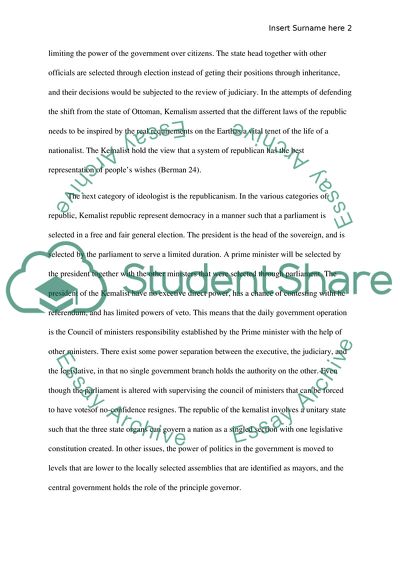Cite this document
(Kemalism in Turkey Essay Example | Topics and Well Written Essays - 1500 words, n.d.)
Kemalism in Turkey Essay Example | Topics and Well Written Essays - 1500 words. https://studentshare.org/history/1805167-kemalism-in-turkey
Kemalism in Turkey Essay Example | Topics and Well Written Essays - 1500 words. https://studentshare.org/history/1805167-kemalism-in-turkey
(Kemalism in Turkey Essay Example | Topics and Well Written Essays - 1500 Words)
Kemalism in Turkey Essay Example | Topics and Well Written Essays - 1500 Words. https://studentshare.org/history/1805167-kemalism-in-turkey.
Kemalism in Turkey Essay Example | Topics and Well Written Essays - 1500 Words. https://studentshare.org/history/1805167-kemalism-in-turkey.
“Kemalism in Turkey Essay Example | Topics and Well Written Essays - 1500 Words”. https://studentshare.org/history/1805167-kemalism-in-turkey.


